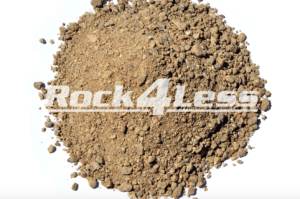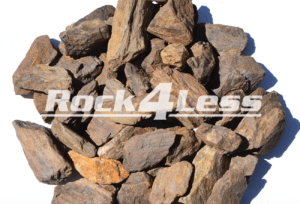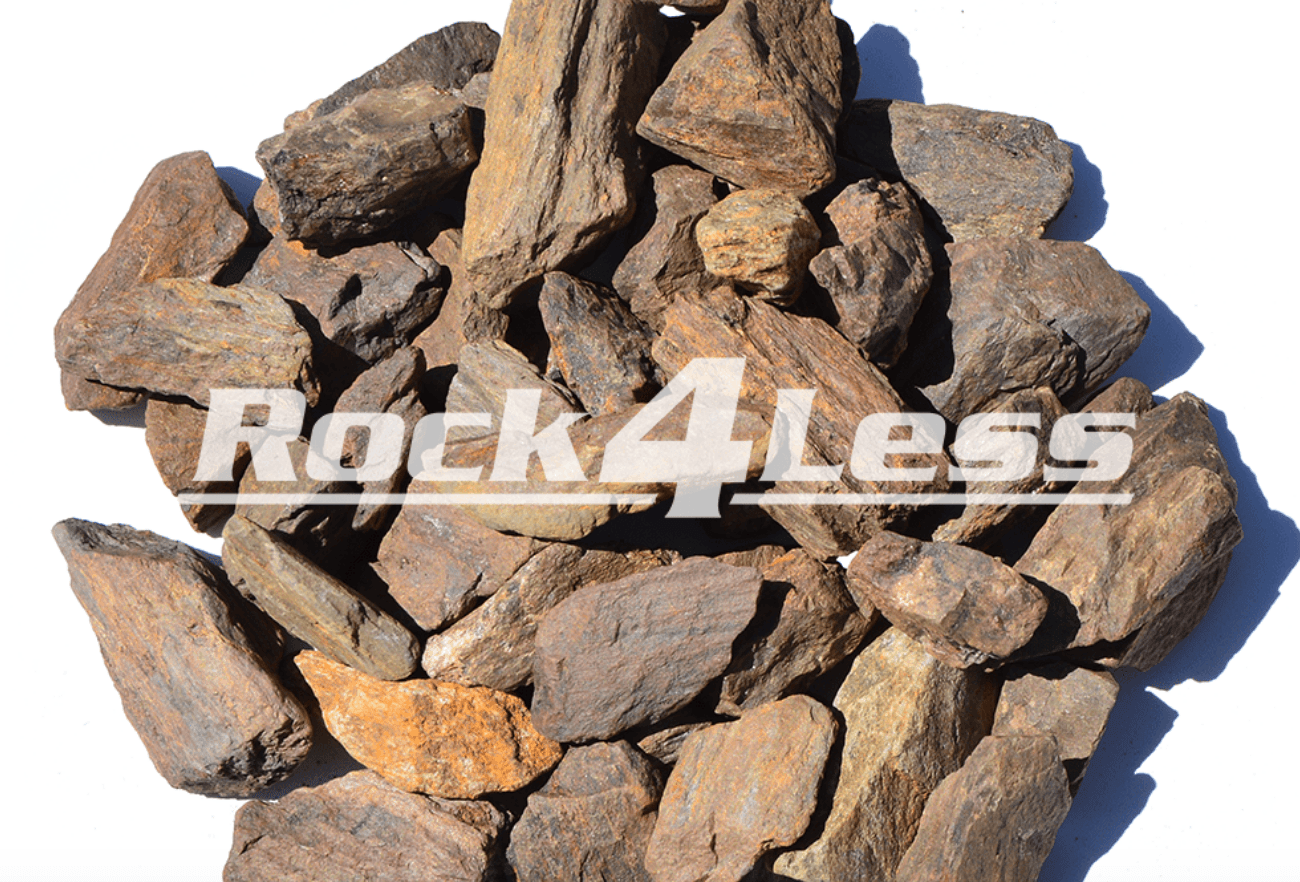Landscape rock has become a staple material for home and commercial spaces here in Phoenix. Rock does not have to be boring! Landscaping with rock is more than a vast desert of gray gravel, red lava rock or decorative white rock.
When selecting rocks for the landscape, the best choices vary according to color, use and personal aesthetics. Gravel size, color, and thickness are not only informative, but may also provide you with some new desert landscaping ideas.
Learn what type of rock will function best for your yard or office landscaping, and what type will produce the greatest effect. If you want to add some xeriscape to your Phoenix landscape, cut down on your water bills, and stop spending your weekends mowing, rock may be a great alternative for you. With summer a short 6 months away, now is the perfect time to replace your high maintenance lawn with some low maintenance rock.
Different Rock Colors
Rocks range from pure white to dark greens, browns and grays shading nearly to black. When choosing rocks for the landscape, whether gravel or boulders, the colors should be compatible with the house and surrounding vista. For example, red lava rock may clash with a blue house and native granite boulders peeking through the foliage. In that scenario, a white, gray or blue toned gravel may be a better choice. On the other hand, a mid-century modern home with red, brown or gold bricks on the facade settles nicely into a landscape that incorporates a warm brown gravel walk or red lava rock used as a mulch in the flower beds or around shrubs and trees.

Gravel
Gravel is generally either man-made crushed rocks or naturally rounded, river-washed rocks. It is available in a variety of sizes and colors.
Crushed Gravel
Crushed gravel used in building gravel walks and patios is usually No. 57 size, which ranges from 3/4 to 1 inch. The rough edges of crushed gravel lock together when compacted firmly with a hand tamper or plate compacter. Smaller sizes, such as 3/8 minus, which incorporates 3/8 inch and smaller pieces of rock and dust, also make a firm, smooth walk. Crushed gravel is usually shades of gray, ranging from light to a medium bluish shade, depending on the vendor’s sources.
Pea Gravel
The small, rounded pebbles, about the size of a pea, are known as pea gravel. No. 8 pea gravel is between 1/4 and 1/2 inch in size and may be found in a variety of colors, from grays to browns. Pea gravel tends to roll underfoot, making a soft path that may be difficult to navigate for mobility-impaired users. It is easily raked into the curving patterns found in Zen gardens.
Decorative gravels and pebbles range in size from No. 8 to No. 57. The rocks may be bright white, yellow, gold, pink, red, tan, brown, green, blue, purple, dark gray or black. Decorative rocks may have rough or smooth edges. Among decorative rocks are the bright white rocks and red and black lava rocks often used in landscaping.

Rocks
Rocks range in size from No. 4 to No. 1, or 1 to 4 inches. Available in a wide variety of colors, rocks are used as borders, in dry streams and other decorative applications. Check out the different rock coverages.
River Rock
River rocks are rounded stones, worn smooth by the natural action of rivers. While river rocks are usually gray, they can be any color or combination of colors, depending on the type of stone.
The types and styles of landscaping rock you could use for your project are endless. Understanding the differences between different rocks, their sizes, and colors can really make or break the end result. Your home is a representation of your own personality, and your office space should come off as welcoming and warm to visitors. Get your project started the right way by calling our office and we’ll help with rock recommendations. Call today(602)842-2413 or visit us online.


